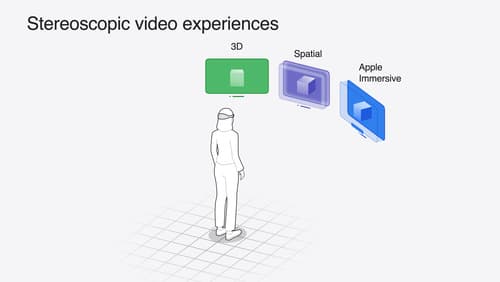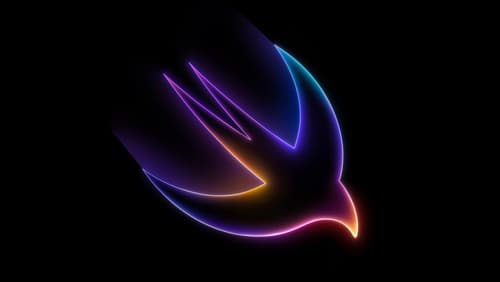what are coordinate spaces in iOS ?
Asked on 2025-01-21
1 search
Coordinate spaces in iOS are tools used to specify positions relative to a particular frame of reference. In the context of Apple's platforms, different coordinate spaces are used to manage how content is positioned and rendered on the screen or in a 3D environment.
For example, in SwiftUI, there are local and global coordinate spaces. The local coordinate space refers to the current view's coordinate space, with the origin at the top left of the view. The global coordinate space refers to the window's coordinate space, with the origin at the top left of the window.
In VisionOS, a new immersive coordinate space was introduced, which fits alongside SwiftUI's existing coordinate spaces. The immersive space has its origin defined as the point on the ground below you, and it is used to create rich immersive experiences that extend beyond the window into the real world. This is particularly useful for applications that involve augmented reality or mixed reality, where precise positioning relative to the user's environment is crucial.
For more details, you can refer to the session Dive deep into volumes and immersive spaces (19:38).

Build compelling spatial photo and video experiences
Learn how to adopt spatial photos and videos in your apps. Explore the different types of stereoscopic media and find out how to capture spatial videos in your iOS app on iPhone 15 Pro. Discover the various ways to detect and present spatial media, including the new QuickLook Preview Application API in visionOS. And take a deep dive into the metadata and stereo concepts that make a photo or video spatial.

Platforms State of the Union
Discover the newest advancements on Apple platforms.

Optimize your 3D assets for spatial computing
Dive into an end-to-end workflow for optimized 3D asset creation. Discover best practices for optimizing meshes, materials, and textures in your digital content creation tool. Learn how to harness shader graph, baking, and material instances to enhance your 3D scene while optimizing performance. Take advantage of native tools to work more effectively with your assets and improve your app’s performance.
